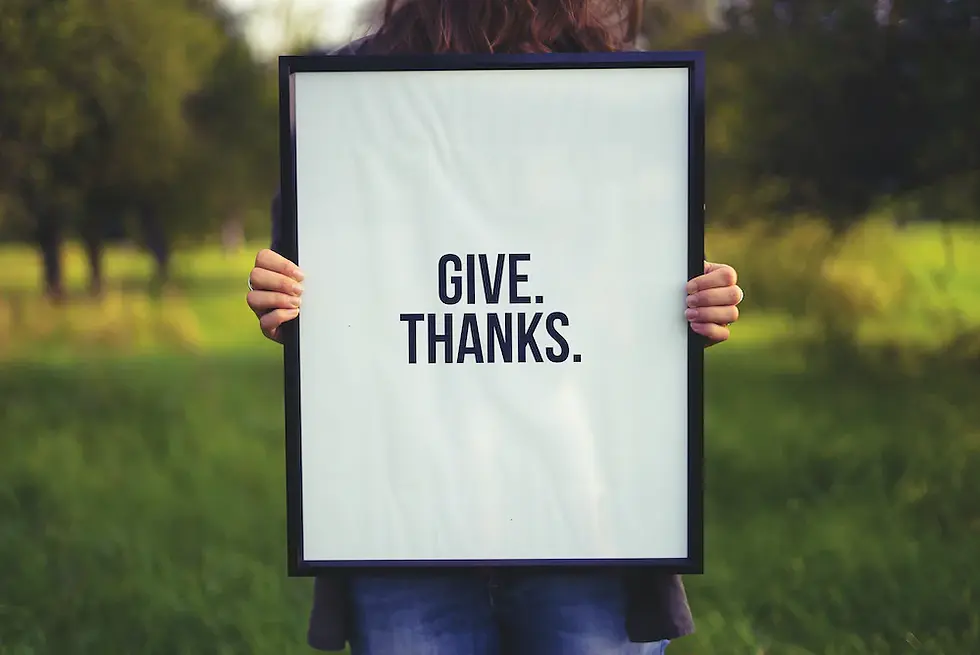
The first and second parts of this series gave you an understanding of just what gratitude is and all of its amazing benefits. Today we are going to learn how to begin a practice of our own so we can experience the incredible effects improving our own lives and relationships.
As a pre-curser to beginning a gratitude practice, I would suggest to simply observe yourself. Notice the numbers of ‘thank yous’ you say. How much of a habitual response are they? How are you feeling as you express small thanks throughout your days? If you are able to for at least once interaction per day, stop for a moment and take note of how you are feeling and if you are able to name what you are grateful for, even beyond the gesture that has been extended. Then say thank you.
16 Simple Ways to Practice Gratitude

1. Keep a Gratitude Journal.
Establish a routine (daily, every few days, weekly) where you remind yourself of the kindnesses, gifts, blessings and benefits you experienced. You could note how they made you feel if you would like.
2. Ask Yourself Three Questions.
In thinking about your relationships with family, friends, coworkers, partners, etcetera, ask yourself 1) What have I received from __? 2) What have I given to __? and 3) What troubles and difficulty have I caused?
3. Come To Your Senses. Our senses give us the ability to experience the world around us and through that we gain the ability to know what it means to be human. We can appreciate the incredible gift and miracle we have to even be alive. Seen through the lens of gratitude we can acknowledge all of this as a gift.

4. A Mental Thank You.
You can simply tell a person thank you in your mind and still get the benefits of the gratitude.
5. Watch Your Language.
Grateful people have a particular language style that uses particular words like gifts, givers, blessings, fortunate, abundance, blessed. In gratitude, we should not focus on how inherently good you are, but rather on the inherently good things others have done for you.
6. Remember the Bad.
When you remember how difficult life used to be and how far you have come, you set up a definitive contrast in your mind that is fertile ground for gratefulness.

7. Go Through the Motions.
Grateful motions include smiling, saying thank you and writing letters of gratitude. By going through the motions, you will trigger emotions of gratitude more often.
8. Write a Thank You Note.
The next time a friend, family member, your partner, or coworker does something nice for you- try expressing your gratitude in a little different way than just saying ‘thank you’.
9. Gratitude Visit.
To have more impact and benefit for both of you, hand deliver that letter (from above) and read it to the individual in person. Practitioners of this report more happiness.
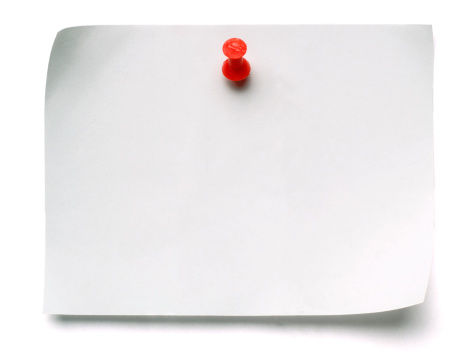
10. Think Outside the Box.
To really make the most of opportunities to flex your gratitude muscle you have to look creatively for new and different situations, circumstances or opportunities where you can feel grateful.
11. Use Visual Reminders.
Visual reminders can serve as cues to trigger thoughts of gratitude. The biggest obstacles to gratefulness are forgetfulness and a lack of awareness.
12. Meditation.
Taking time to meditate with a focus on acts of kindness from others can be very helpful in the beginning of a practice. Meditation and focusing attention on people or things that you are grateful for indicates appreciation to yourself which could foster more gratitude.
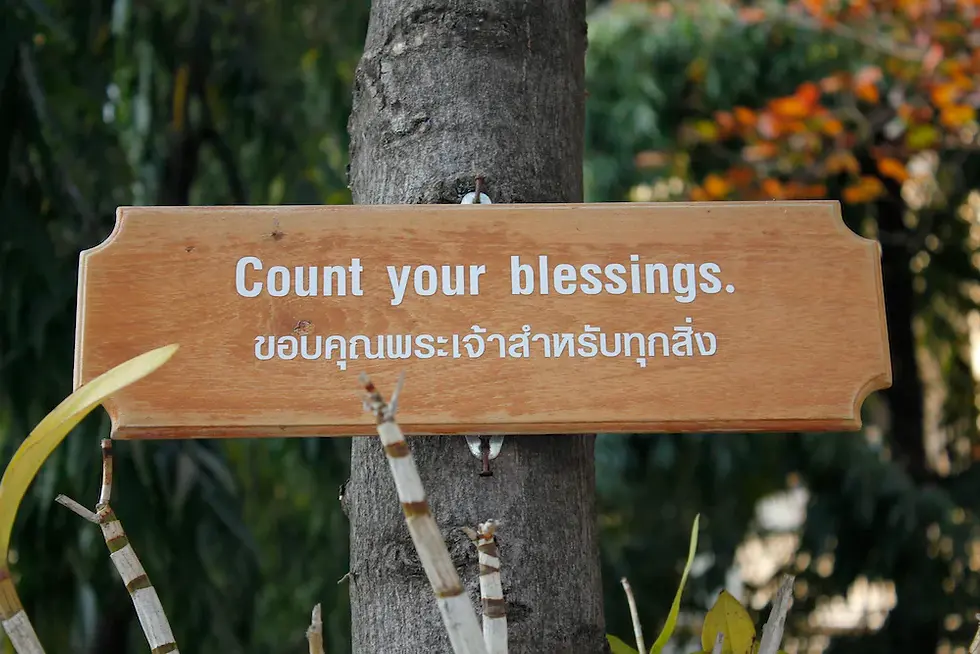
13. Count Your Blessings.
Write down three good things that happened to you and identify the cause.
14. Make a Vow to Practice Gratitude. Research shows that making an oath to perform a behavior increases the likelihood of that action being executed. So you can make a simple vow, possibly “I will count my blessings each day”, and write it on a Post-It placing it where it will remind you every day.

15. Think About Those that have Inspired you.
Discover what it was about them that was most significant.
16. Engage in Mental Subtraction.
Imagine what your life would be like if some positive event had not occurred. Then look at all of the blessings that came about from it occurring.
Some different applications of Gratitude:
The past: retrieving positive memories and being thankful for elements from our childhood or past blessings.
The present: not taking good fortune for granted as it comes.
The future: maintaining a hopeful and optimistic attitude.
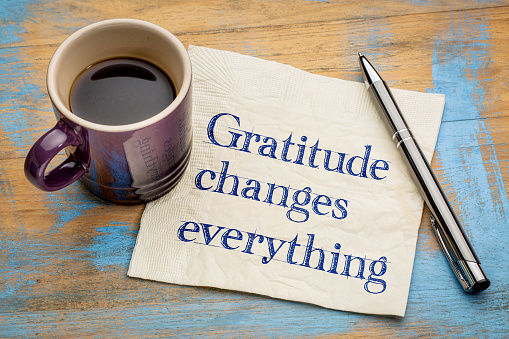
Thank you for joining me on this gratitude journey! For a time, I had kept a gratitude journal and it really did make a positive difference in my life. Researching this material to share with all of you has inspired me to carve out some time and continue my own gratitude journal to experience again the amazing benefits firsthand. Gratitude is a perspective- it is a choice that I hope you choose today and every day for your own health!
References:
https://www.mindful.org/an-introduction-to-mindful-gratitude/ https://greatergood.berkeley.edu/article/item/how_gratitude_changes_you_and_your_brain
Next time:
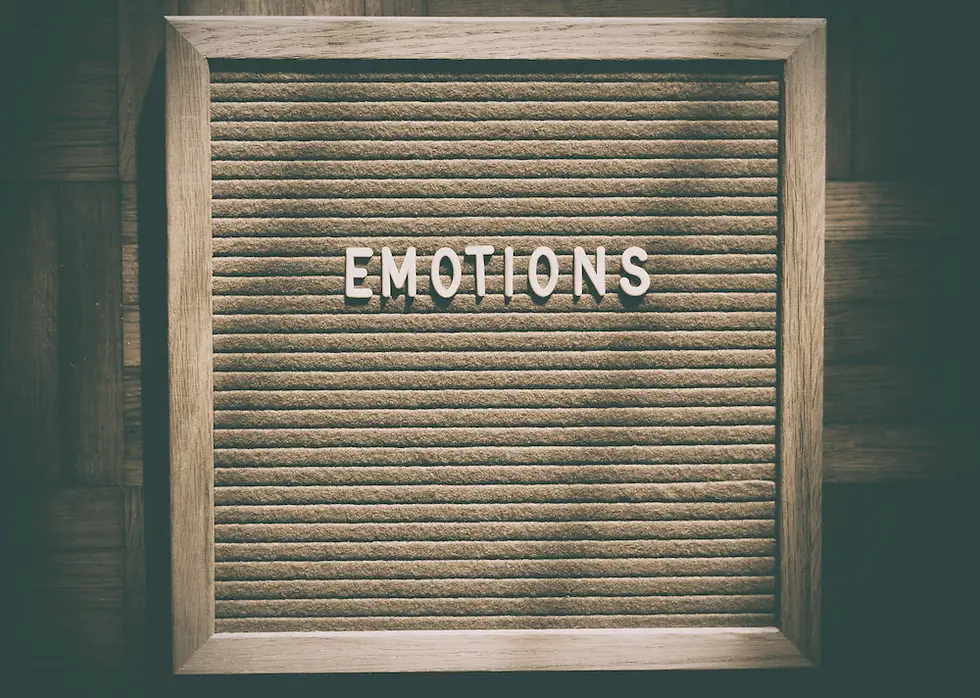
Stay tuned for my next blog in 2 weeks concerning Toxic Emotions.
Related Post Links:
Gratitude Part 1:
Gratitude Part 2:
Author: Jen Hassaj | 5-3-23



Yorumlar